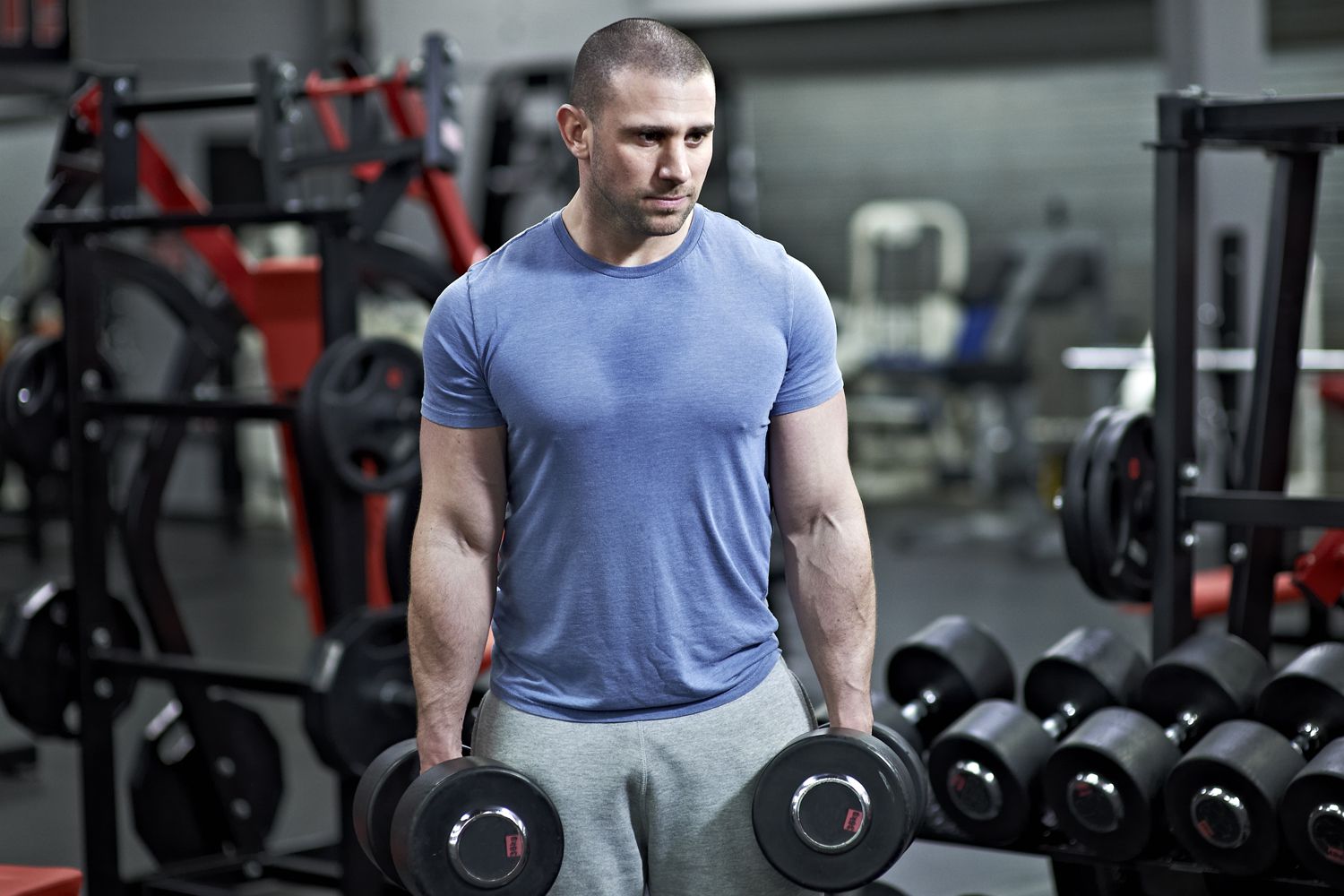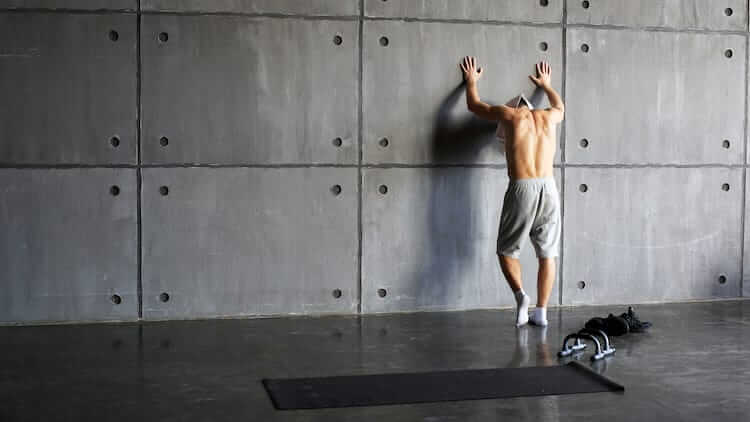
All Work and No Rest Makes…
Many people admire those that work hard without considering the disastrous consequences when it’s taken to the extreme. Hustle culture is pushed on us heavily these days and it’s easy to see this mindset in the gyms you attend anywhere.
Those that take their workout regiment seriously are usually in the gym a minimum of 5-6 days per week, with some never taking any days off at all. This dedication to training stems from a real desire for more muscle growth and/or strength gains to their physiques.
What’s also real is cumulative fatigue, which is a phase that occurs when the body has not had the proper amount of time for rest and recovery. At this point of fatigue, the progress made in the gym by the trainee is overshadowed by the sheer exhaustion and burnout is around the corner.
The result of possibly burning out in the gym can result in plateaus in strength or even worse, a crucial injury while training (see Why You May Lose Motivation to Workout). To avoid either outcome, it’s important that you learn techniques that will help you rest and recovery efficiently during your training career.

How Rest & Recovery Can Be Used to Break Strength Plateaus
When targeting muscles for increased growth in terms of size or hypertrophy, frequency is often the preferred method for muscle adaptation. Frequency takes advantage of the protein synthesis principle that states synthesis is at its peak 48-72 hours after training the muscles.
Some trainees take advantage of this principle by working out more frequently with only 24 hours of rest between training sessions to be more effective. However, in recent 2016 studies between lifters that trained 24 or 48-72 hours the results in gains were relatively the same.
As frequency doesn’t have much of an effect in comparison to both rest periods, exercising too often may be counterproductive. When you’re exercising the body is dependent on the sympathetic nervous system, which prepares the body for flight or fight responses. If you exercise too frequently, you’ll find that you’re too sore to workout and feel exhausted. This is because you’re not allowing the sympathetic system to reset all the way down where it should.
The parasympathetic system has the opposite effect and is responsible for regulating the body’s functions for rest and recovery. This is the system that is neglected the most when training frequently becomes too much of a priority.
The direct link between muscle fatigue, damage, and recovery is a muscle adaptation known as the Repeated Bout Effect, which takes effect when the muscles have been stressed to its limits.
When you repeat your exercises, you’ll experience less damage to muscle tissue, connective tissue, and a lower reduction in strength and muscle stiffness. For the Repeated Bout Effect to become active you need to be consistently training on a regular basis.
Advanced bodybuilders usually benefit from higher amount of volume training with extra sets for each workout, which is where the advantages of RBE would be mostly likely be experienced. For more novice or newer trainees to weightlifting, this is the reason why more rest and recovery is needed until RBE is active within your physiology.
Keep in mind that the level of RBE varies amongst different individuals and is dependent upon, age, stress levels, and nutrition. It also depends on whether exercises are reaching failure, the amount of sets, and the amount of repetitions performed.

Methods for Proper Rest & Recovery
The key to building strength long term in the gym is perfecting the balance of using all out effort and knowing when to back off. Some of the strongest powerlifters and bodybuilders in the world take weeks and months off after competing in major competitions.
A large portion of trainees have never taken any significant time off from exercise once they start training. This is due to the fallacy in belief that strength gains will continuously go up and even more training is required to get stronger.
The opposite is what’s actually true and to avoid strength plateaus there are a few techniques that are helpful to continue to make progress and lower cumulative fatigue:
- Off Days: This one is obvious as you basically find time during in your workout schedule to have a break between training days for recovery. Off days can be cumulative or just one day in between (as with 24 or 48-72 hours of rest).
2. Technique-only sessions: During technique sessions, training during lifting days would be 70–80% of 1 Rep max for exercises and performed at a much slower tempo. This pace helps with working on form while easing tension on the connective tissues.
3. Technique half-weeks: These days are performed in the latter half of the week once awareness of diminishing strength is experienced and fatigue becomes noticeable. Weights would be 70-80% of 1 Rep max.
4. Deload week: Deload weeks reduce fatigue and can recharge you for 4-8 weeks when applied to your workout routine. I typically incorporate deload weeks in 12 week training programs to break up monotony with clients and to improve numbers in particular exercises. To deload, you will be working out fewer days than normal and lifting about 50% lighter with weights.
5. Active rest: An active rest is followed right after a deload week and involves no exercise whatsoever. These weeks are effective after training hard for a long period of consecutive months and right before busy times, like vacations or the holidays. Active rest can be a week or longer.
The Wrap Up
It never made any logical sense to workout to the max and not consider the rest and recovery that the body needs to get stronger. Assuming that muscles are made in the gym has led to this widespread fallacy and creates more problems for trainees that don’t know any better. Until your physique has developed to where consistent training becomes an advantage, maximize your gains by getting proper sleep and time away from the weight room.
What else do you want to know?
Why You May Lose Motivation to Workout
Why Is My Strength Stagnating?

Leave a Reply
You must be logged in to post a comment.